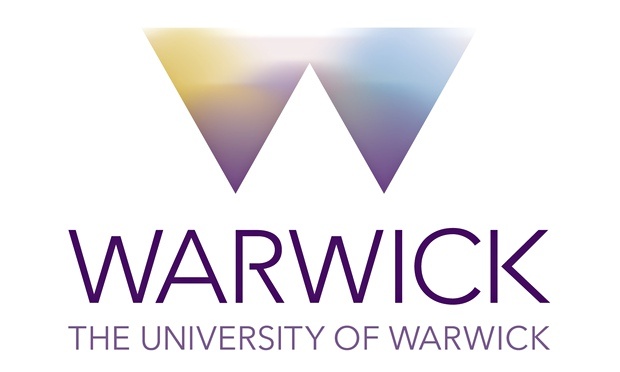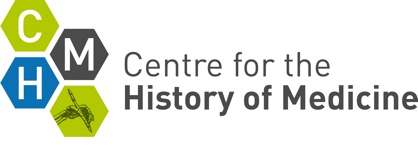Over the lifetime of the NHS the way women give birth has changed dramatically. The variety of medical technologies now used to measure, control and ease pregnancy and birth has altered how women have welcomed newborns into the world. From the availability of new forms of pain relief to the widespread use of the home pregnancy kit and from the emphasis placed on antenatal classes to the resurgence of breastfeeding, maternity provision on the NHS has reflected these changes. Hospitals provide high-tech birthing procedures with the measuring of foetal heart rates increasingly essential to clinical decision-making. Indeed, the rise in popularity of the caesarean section - once a procedure of last resort - epitomises the ascendance of medicalised birthing within NHS maternity care. Yet, the 21st century has seen the growth of hybridity in care with natural therapies such as acupuncture and the use of water in birthing pools to provide natural pain relief offered in NHS hospitals alongside medicalised techniques such as gas and air.
JH


